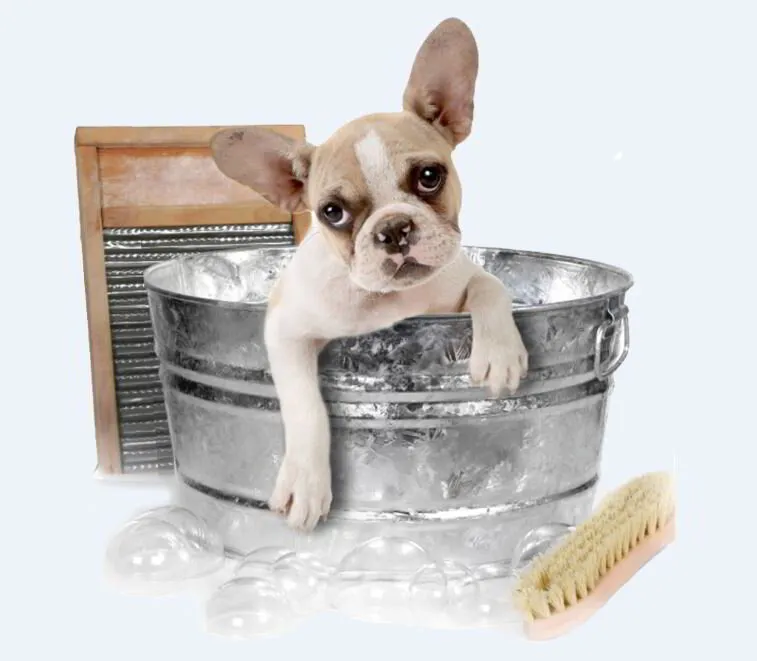
Dog Grooming Basics
0 Comments
Add Comment

29/09/2020 06:50